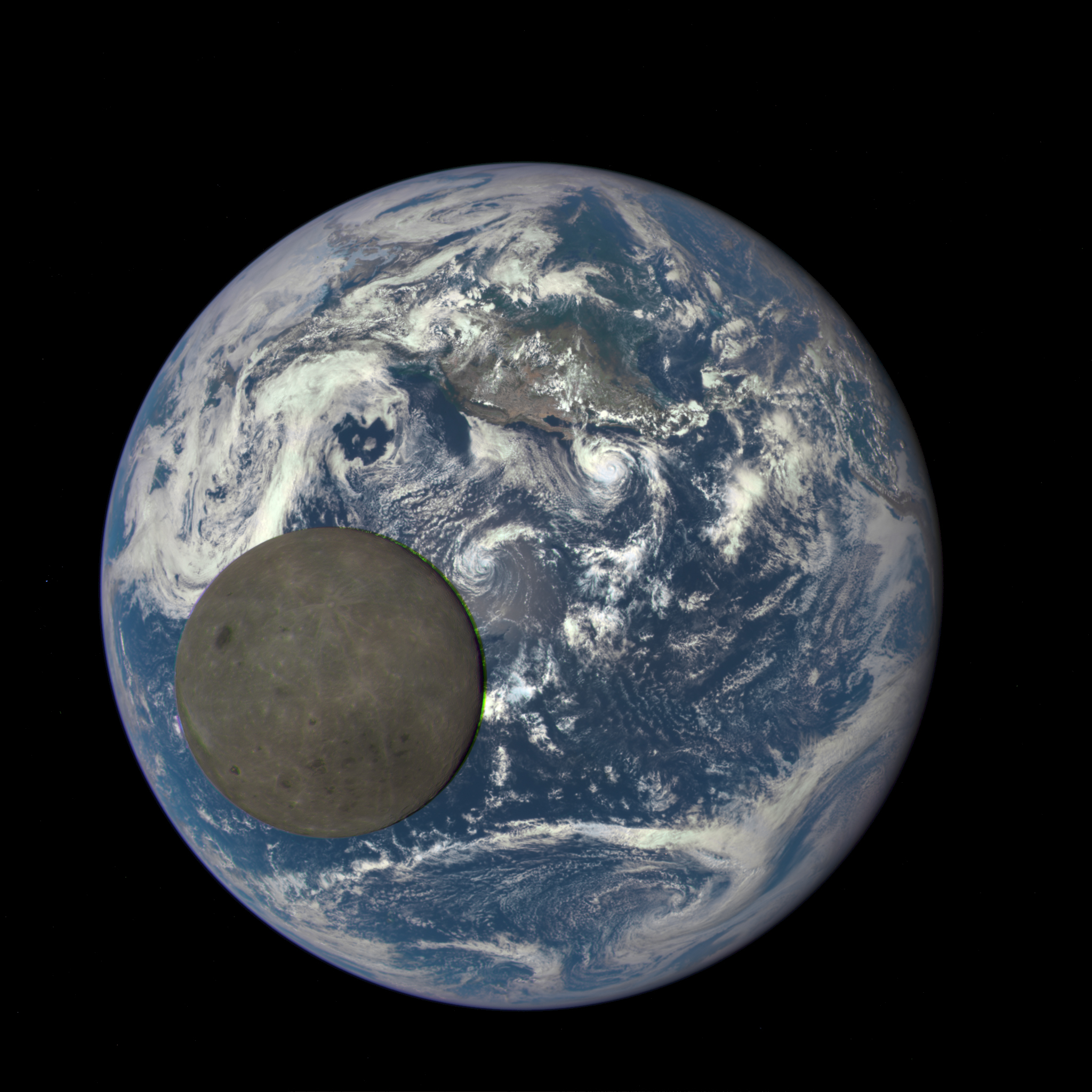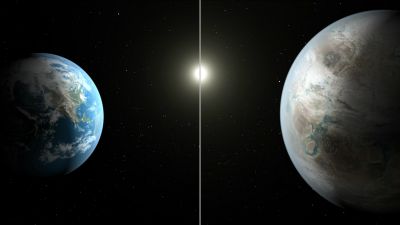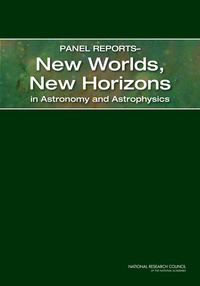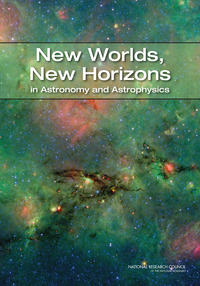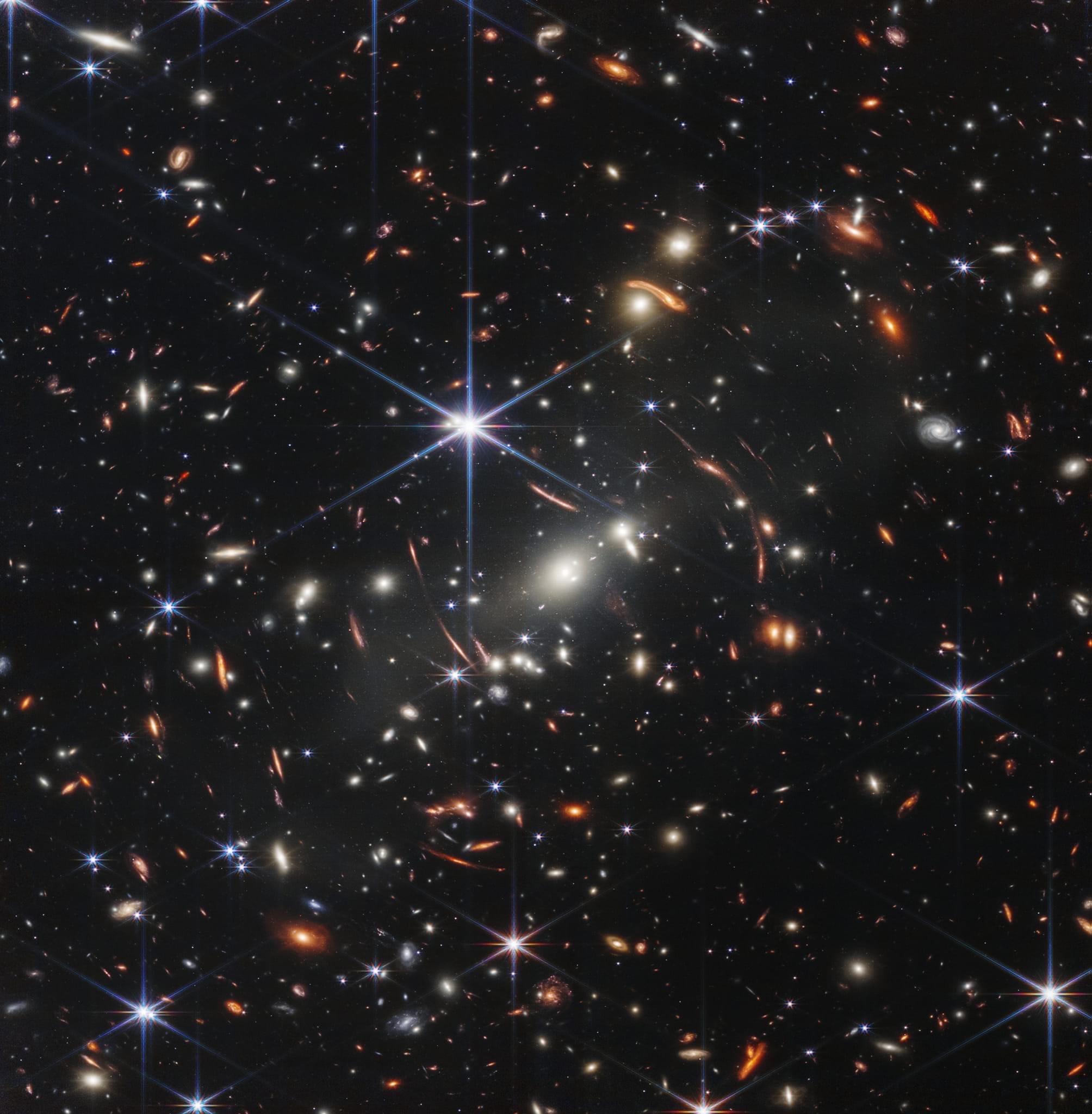
Earlier this week, NASA released amazing images from the James Webb Space Telescope to the public, allowing us all to see galaxies, stars, and nebulae as they were about 13 billion years ago. As we continue to explore our universe, what more will we learn? To guide the future of space research, the Space Studies Board of the National Academies of Sciences, Engineering, and Medicine provides independent, authoritative advice to NASA and other stakeholders. The publications below result from that work. As always, they are free to read online or download.

Origins, Worlds, and Life: A Decadal Strategy for Planetary Science and Astrobiology 2023-2032
The next decade of planetary science and astrobiology holds tremendous promise. New research will expand our understanding of our solar system’s origins, how planets form and evolve, under what conditions life can survive, and where to find potentially habitable environments in our solar system …[more]

Fostering diverse and inclusive teams that are highly skilled, innovative, and productive is critical for maintaining U.S. leadership in space exploration. In recent years, NASA has taken steps to advance diversity, equity, inclusion, and accessibility (DEIA) in their workforce by releasing its …[more]

Pathways to Discovery in Astronomy and Astrophysics for the 2020s
We live in a time of extraordinary discovery and progress in astronomy and astrophysics. The next decade will transform our understanding of the universe and humanity’s place in it. Every decade the U.S. agencies that provide primary federal funding for astronomy and astrophysics request a …[more]

The 2013 report Solar and Space Physics; A Science for a Technological Society outlined a program of basic and applied research for the period 2013-2022. This publication describes the most significant scientific discoveries, technical advances, and relevant programmatic changes in solar …[more]

Finding Hazardous Asteroids Using Infrared and Visible Wavelength Telescopes
Near Earth objects (NEOs) have the potential to cause significant damage on Earth. In December 2018, an asteroid exploded in the upper atmosphere over the Bering Sea (western Pacific Ocean) with the explosive force of nearly 10 times that of the Hiroshima bomb. While the frequency of NEO impacts …[more]

Continuous Improvement of NASA’s Innovation Ecosystem: Proceedings of a Workshop
On November 29-30, 2018, in Washington, D.C., the National Academies of Sciences, Engineering, and Medicine held the Workshop on the Continuous Improvement of NASA’s Innovation Ecosystem. The workshop was requested by the National Aeronautics and Space Administration (NASA) Office of the Chief …[more]

The past decade has delivered remarkable discoveries in the study of exoplanets. Hand-in-hand with these advances, a theoretical understanding of the myriad of processes that dictate the formation and evolution of planets has matured, spurred on by the avalanche of unexpected discoveries. …[more]

An Astrobiology Strategy for the Search for Life in the Universe
Astrobiology is the study of the origin, evolution, distribution, and future of life in the universe. It is an inherently interdisciplinary field that encompasses astronomy, biology, geology, heliophysics, and planetary science, including complementary laboratory activities and field studies …[more]
